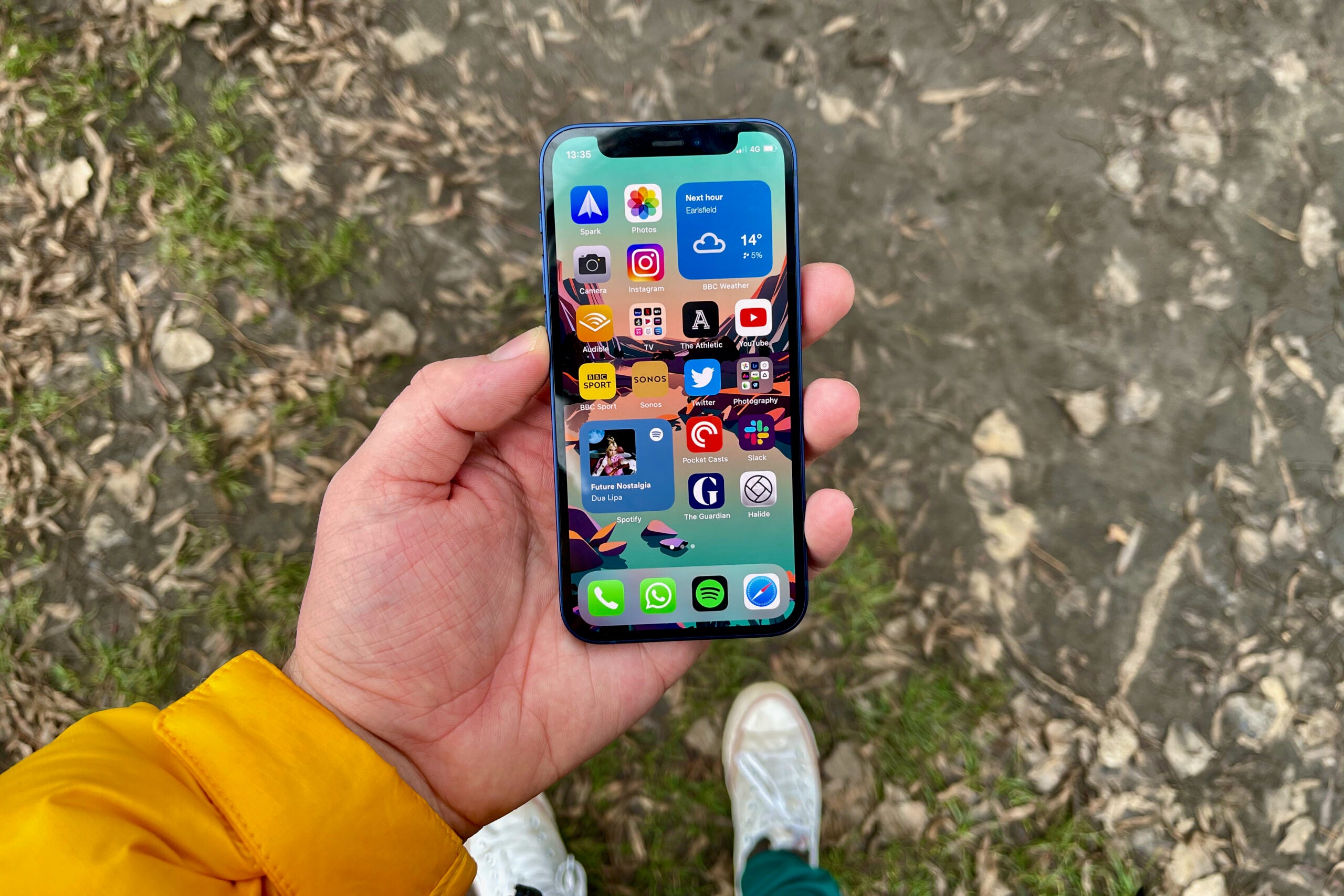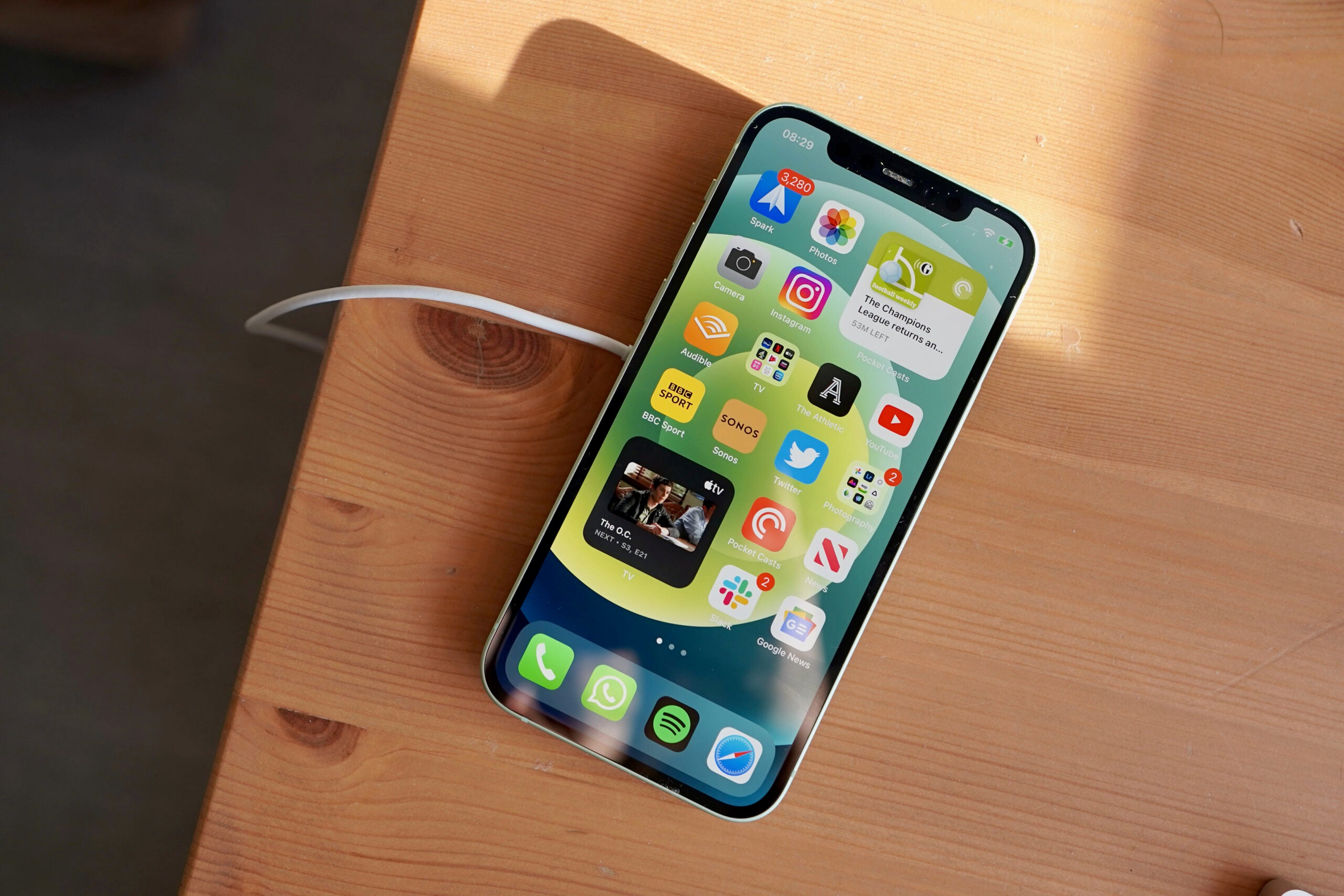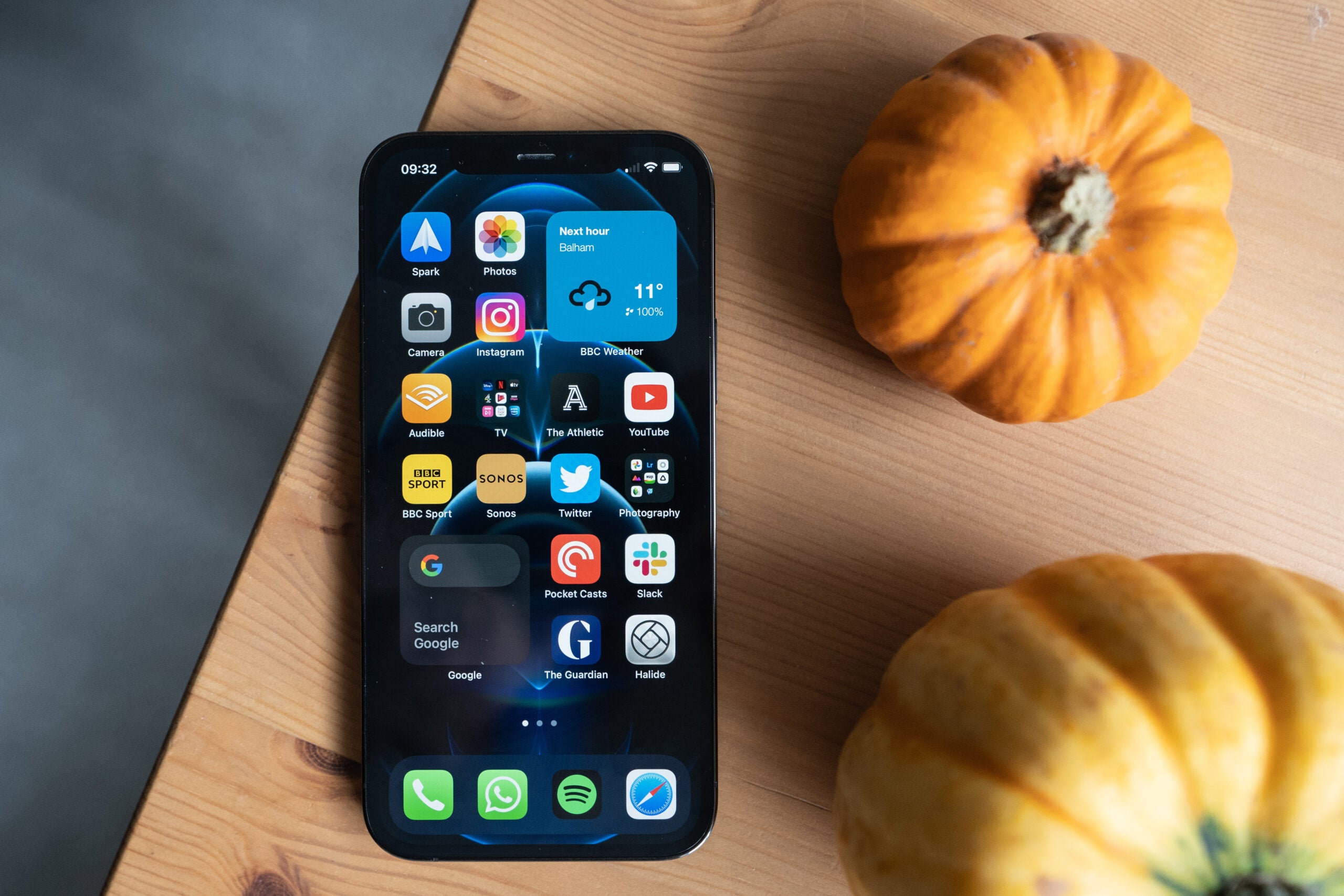iPhone 12 Pro Max Review
Is the biggest iPhone 12 also the best?
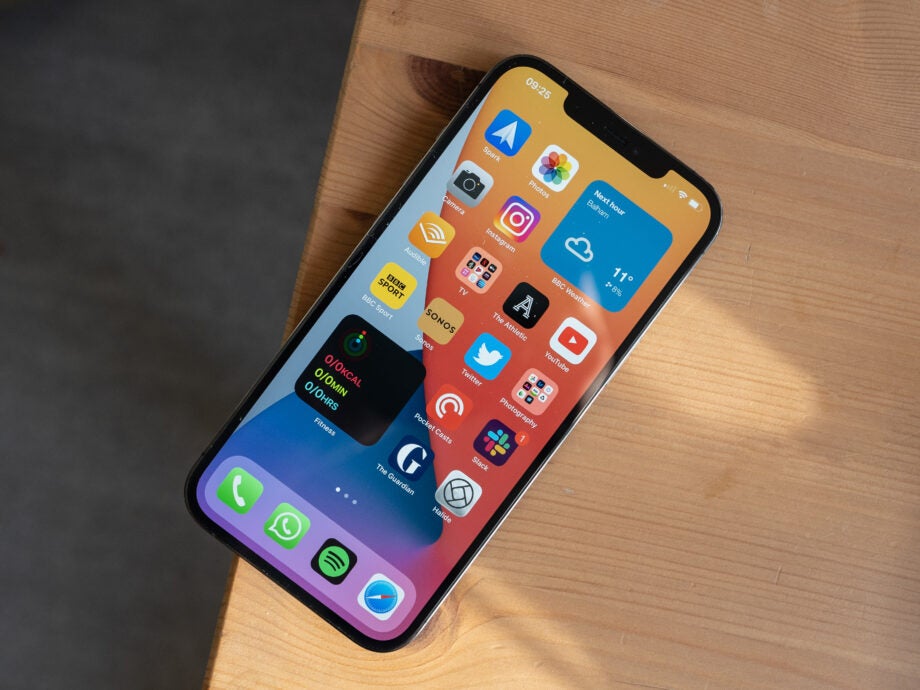

Verdict
The iPhone 12 Pro Max is truly excellent, if you can stomach its size. It offers excellent battery life, a marginally better camera than the smaller Pro, and a screen that’s a pleasure to use for watching, reading and playing.
Pros
- Striking new design
- Excellent quality screen
- One of the best phone cameras going
- Actual multi-day battery life
Cons
- Flat design doesn’t suit the size as much as the 12 Pro
- Camera only marginally stronger than other iPhone 12 models
- Lacks a high refresh-rate screen
Key Specifications
- Review Price: £1099/$1099
- 6.7-inch display, OLED, HDR
- A14 Bionic chipset
- Excellent battery life
- MagSafe
- No charger in the box
If you’re in the market for the biggest, longest-lasting and most photographically advanced iPhone you can buy, then you’ll want the iPhone 12 Pro Max.
And when we say “biggest”, we mean it – this is the largest iPhone ever, to the point it can sometimes be a little tricky to hold. That gripe aside, this is ultimately the best entry in Apple’s 2020 line.
I have covered plenty on the iPhone 12 series already, so check out our iPhone 12 review and iPhone 12 Pro review for deeper dives to find out everything you need to know about these devices. Below, I’ll focus on how the Pro Max compares, and the extra goodies you get for that price.
Camera
- Are the differences noticeable over the smaller 12 Pro?
There’s a lot of interest surrounding the 12 Pro Max’s camera – and, aside from the size, it’s the aspect that sets the iPhone 12 Pro Max most apart from the 12 Pro.
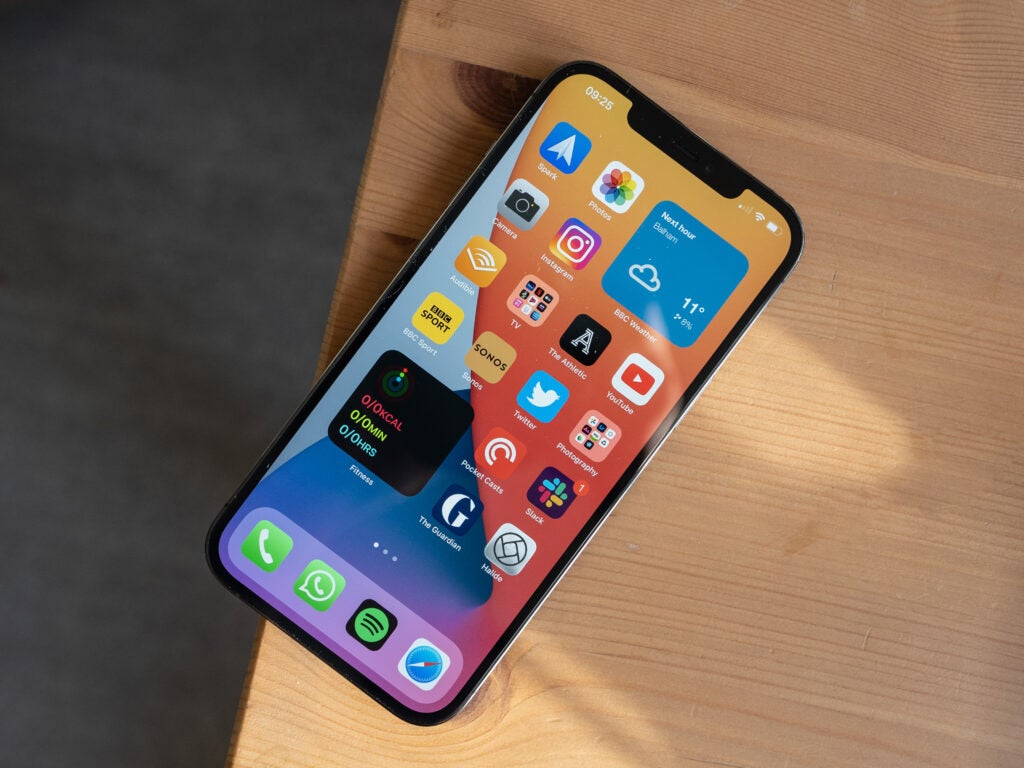
While both cameras have three 12-megapixel sensors on the rear, the main wide sensor on the Pro Max is much larger and is therefore able to let in more light. The telephoto camera is also slightly more zoomed, with a 65mm focal range.
If you want the very best iPhone for taking photos, then the 12 Pro Max is the handset to choose. I wouldn’t say it’s a night and day difference over the already very capable 12 Pro; instead, it delivers subtle improvements in a number of areas. Using the Night mode, for instance, is far quicker and the improved zoom lets you to get a little bit closer to the subject.
Many of the iPhone 12 Pro Max’s camera skills are courtesy of the A14 Bionic chipset and the strong focus on computational photography. There’s Deep Fusion for pulling out more detail in certain instances, and Smart HDR 3 for levelling out exposure and ensuring your pictures look good no matter the environment. You’re not even required to engage these features; they simply do their work in the background, eliminating much of the guesswork of snapping pictures.
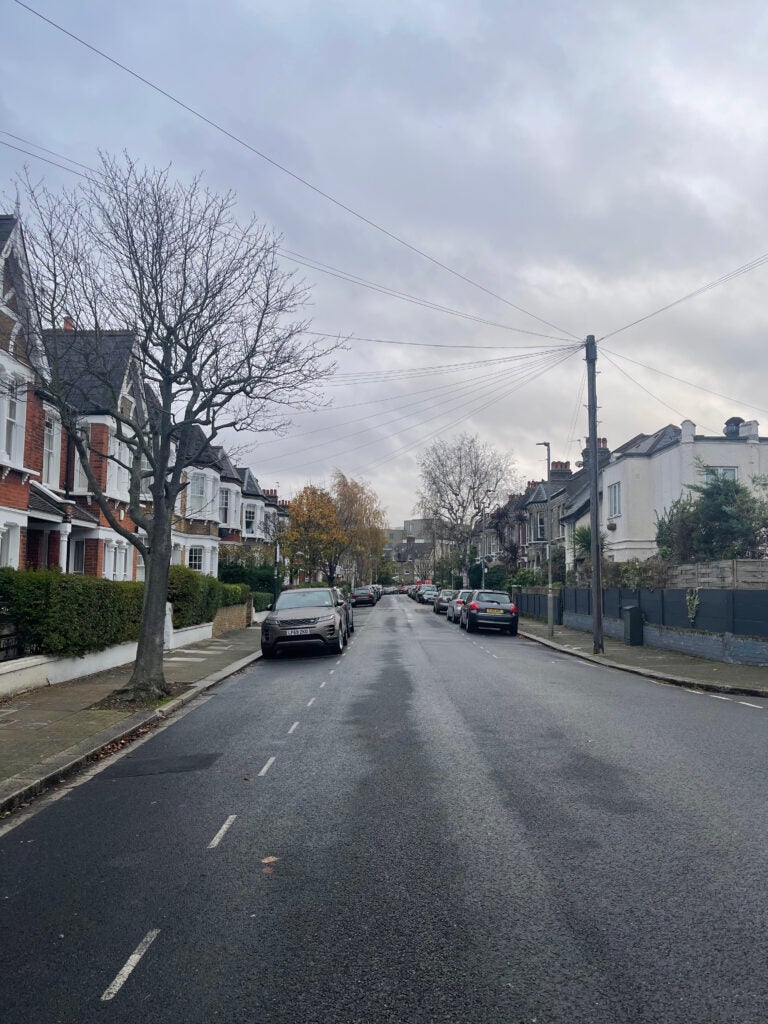
Colours are supremely attractive
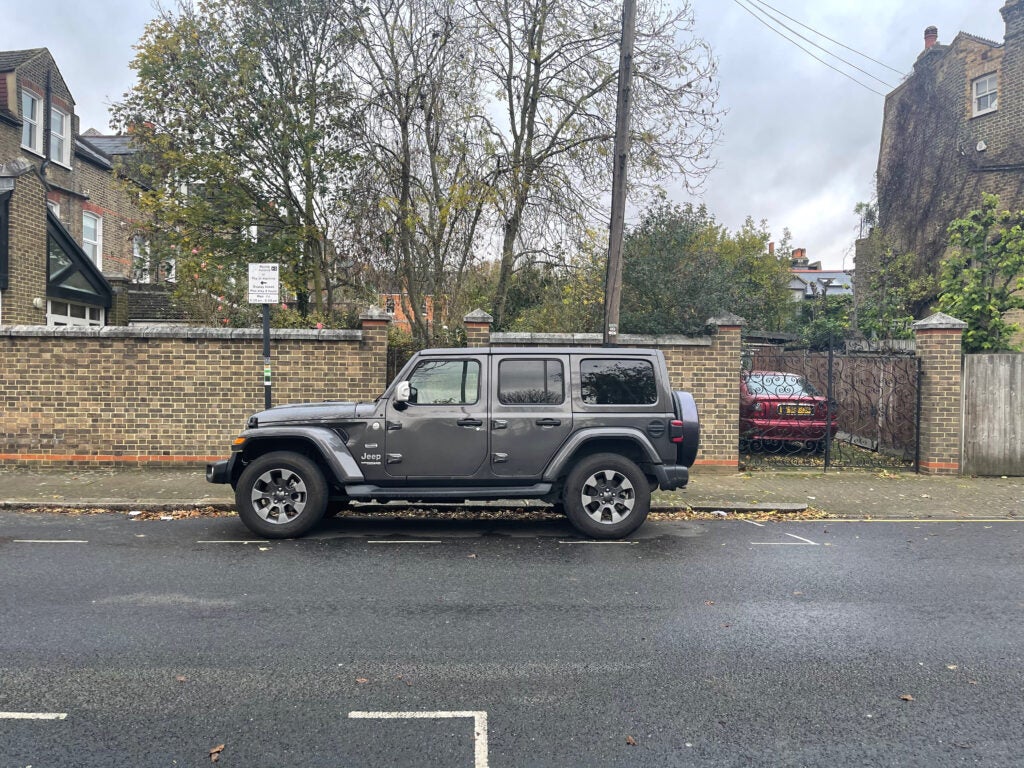
Detail is rich
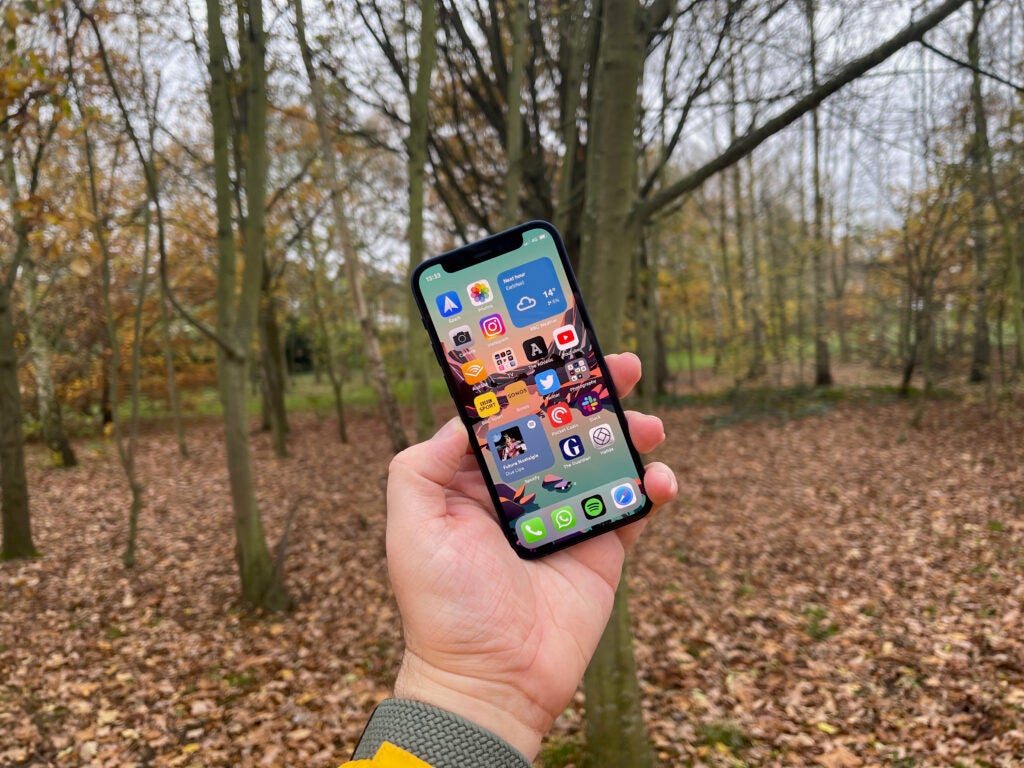
There’s a good natural background blue
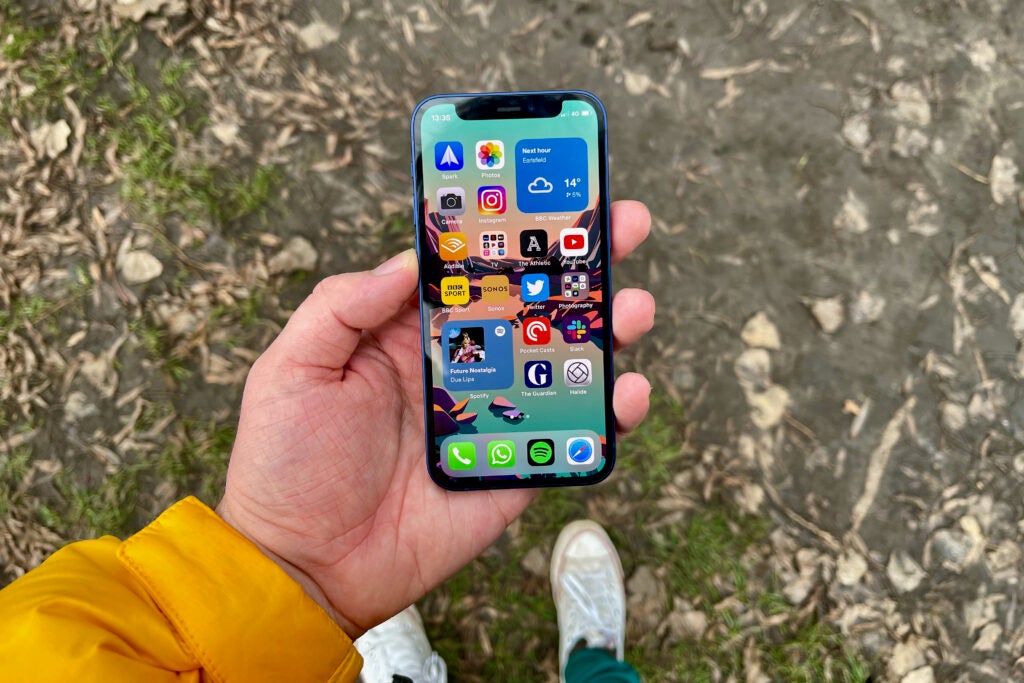
…and again
Smart HDR helps to bring out colours, adding a more pleasing look to photos while continuing to keep things looking accurate.
Night mode is another computational feature, which engages automatically if it detects the shot needs it. This takes multiple pictures at varying exposures and then stitches them together, adding far greater brightness than you’d think possible, without sacrificing detail. The larger sensor here lets in more light, without you having to hold the phone still for as long as you would with the iPhone 12 Pro. This is a welcome upgrade, and means you’ll get a better return on your night-time photography. Night mode also works with the ultra-wide camera now, giving you a bit more versatility.

Night mode: This was taken in near-pitch darkness
The ultra-wide camera is the least interesting of the three, despite adding extra variety. It’s the same as the one that features on the 12 Pro, taking very similar snaps to the iPhone 11 Pro series. Hopefully, we’ll see big improvements in this area next year. The same applies to the selfie camera.
I’ve been shooting with the 12 Pro Max for a few weeks now, pitting it against not only the other iPhone 12 handset but older versions of the iPhone too. The improvements Apple has made in a few years, especially from the X and XS, is clear with just about every shot. Colours and dynamic range are noticeably better in images captured with the new model.
However, if you were expecting the sensor in the 12 Pro Max would push it comfortably ahead of the 12 and 12 Pro then you might be a little disappointed. In several scenarios, I struggled to notice a difference, with the benefits of the computational back-end far outweighing the added smarts of the sensor. You’ll see marginally more natural depth in portraits, ever so slightly more brightness in darker scenes, and slightly punchier colours in certain situations. However, you will have to be looking for these differences, though.
Still, in my opinion this is the best camera phone for overall photo quality, and the bar is set high for rival handsets to match in 2021. Skin tones are natural, detail is exceptional without feeling artificial, and overall it just feels super-reliable – of the hundreds of shots I captured over the review period, there were hardly any that were out of focus or unusable.
It’s the best handset for video, too, with HDR shooting in a Dolby Vision format for extracting seriously bright video. This can be turned off if you want better compatibility or simply want captured footage to take up less space, but in the main, if you watch video on your phone, it’s worth keeping on.
Apple’s camera app remains one of the most basic around, and we would welcome deeper control. For instance, you can’t enable the Night mode manually. A new ProRAW format is coming soon and this should let you edit a DNG file with all the computational benefits intact.
Where the iPhone 12 Pro Max does fall behind slightly against some of the Android competition is in its zoom offering. On the 12 Pro Max you get a 2.5x (65mm equivalent) lens for getting closer to a subject, but this pales in comparison to handsets such as the Huawei Mate 40 Pro and Galaxy Note 20 Ultra. These devices use periscope-style lenses to create optical zooming up to 10x – and the results are usually very impressive.
At least the focal length is longer than the iPhone 12 Pro; however, in return it has narrower aperture so less light gets into the sensor.
New sensor-shift stabilisation means the whole sensor moves, rather than just the lens – and, while this is only present on the main camera, it’s effect can often be very obvious. There’s a LiDAR sensor, too, which helps autofocus accuracy in low-light conditions.
Design and screen
- Oh boy, this handset is the definition of big
Apple has modified the iPhone design this time around, switching from the slightly tired rounded look since the iPhone 6 to something more akin to the iconic iPhone 4 and iPhone 5. The 12 Pro Max is boxy, angular and features straight lines everywhere.
I’ve covered design in more depth in our iPhone 12 Pro review. Here, everything is much the same – just a lot bigger and heavier.
The flat sides are stainless steel and have a shiny, glossy finish that attracts a lot of fingerprints. The level of sheen will vary depending on the colour you plump for, with the sides of my graphite review model looking far more subtle than the ostentatious gold version.
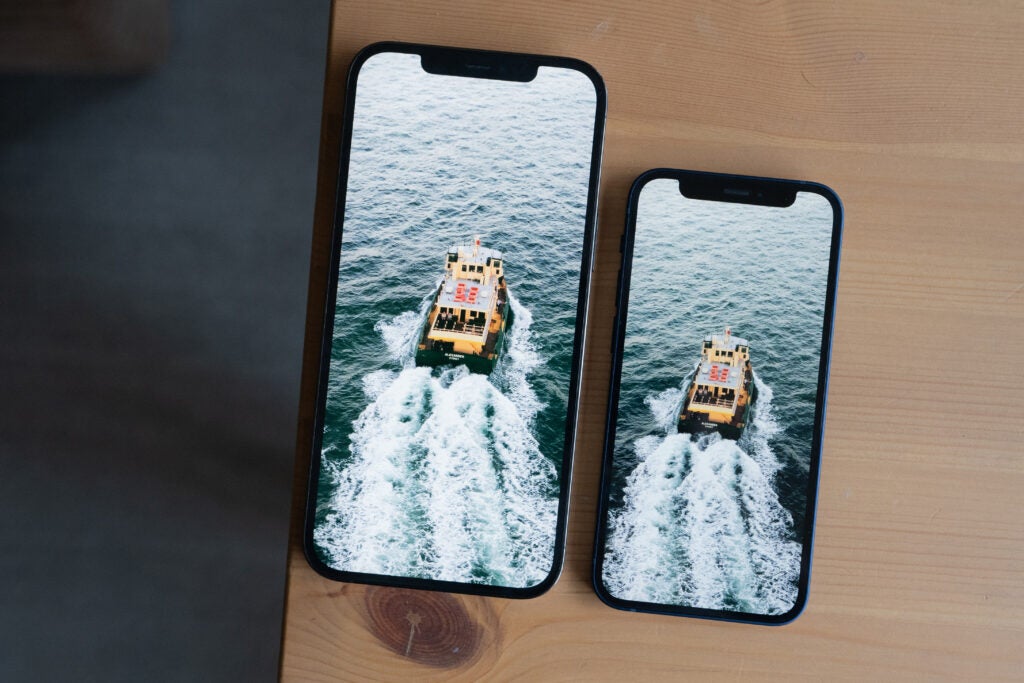
iPhone 12 Pro Max and iPhone 12 mini
Flip over the phone over and you’ll find a matte finish on the rear. Fingerprints and smudges aren’t an issue here, with the finish helping to add more grip than the glossy back of the iPhone 12. The front is home to the same Ceramic Shield glass as the rest of the iPhone 12 line – which, Apple says, offers four times better drop protection than previous models. Thankfully, I haven’t had these claims tested as yet. Don’t expect improved protection from scratches, though – and if you’d normally affix a screen protector on a new phone then our advice is to do so with this handset.
Even from someone who has been using an iPhone 11 Pro Max for most of the year, the 12 Pro Max feels bigger and more difficult to hold. I think much of this is down to the switch from curved to flat sides – and while I prefer the look, at this size you have to do a lot of hand gymnastics to keep a firm grip.
The 12 Pro Max is also slightly longer than the 11 Pro Max, with a marginally bigger display. You’ve now got a 6.7-inch panel, rather than a 6.5-inch. This isn’t the biggest screen around, but it is one of the biggest phones.
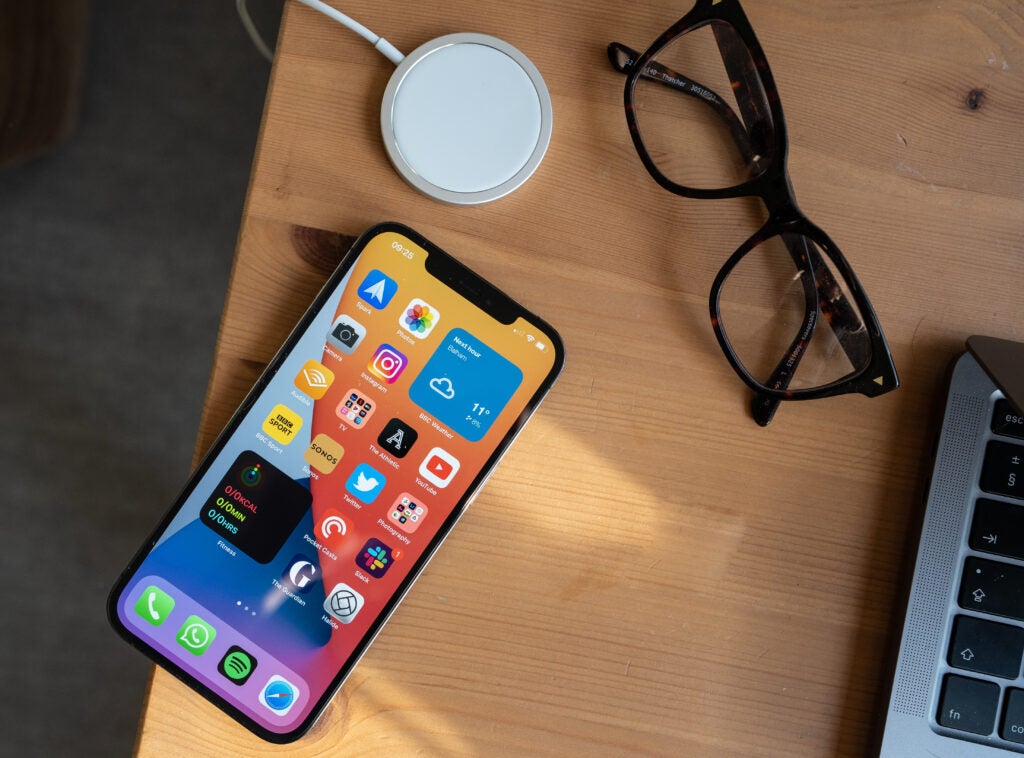
On the whole, the large display is impressive, making this – as expected – the best iPhone 12 for watching movies, gaming and just getting stuff done. It would be nice if iOS would let you use more of this huge canvas to have multiple apps open at once, for example, but this isn’t possible. Maybe in iOS 15 – although I do feel that if Apple was going to do this, it would have done so by now.
The OLED display is bright (a reported 1200 nits when viewing HDR content) and in terms of colour accuracy, the 12 Pro Max is my favourite. It offers a lovely mix of saturation and realism that’s often lost elsewhere.
HDR content from iTunes, Disney Plus and Netflix look great, and this is one of the few phones where the benefits of HDR are clear to see. The higher levels of sustained brightness, perfect blacks and general panel quality make this screen excellent for movie watching.
There are a couple of issues that are likely to irritate some, though. The iPhone 12 Pro Max retains the notch, and decides against switching to a faster 90 or 120Hz refresh-rate – something just about every new mid-range and flagship Android phone has adopted this year.
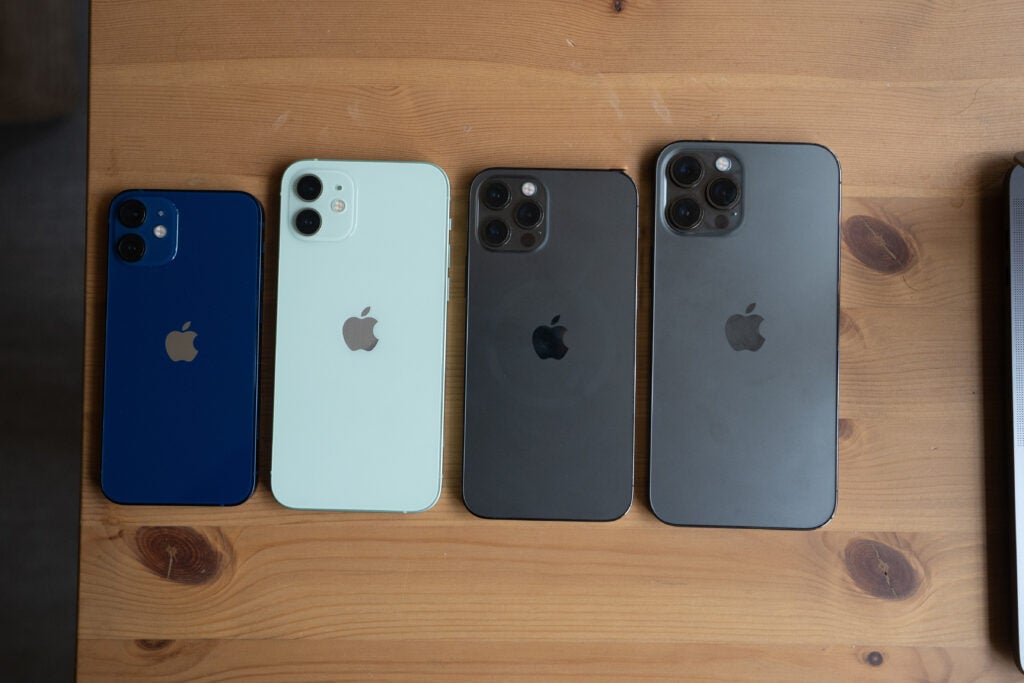
All the iPhone 12 models
For me, the notch is fine. Apple needs that space for the very good Face ID sensors, and on such a large panel it doesn’t obstruct that much anyway. The lack of a high refresh-rate screen is more of a shame, since it would have given the device even more gloss, with even smoother scrolling and more responsive gaming.
Performance
- High-end chip, 5G and huge storage options
The 12 Pro Max offers improvements over the other iPhone 12 models in terms of the camera and battery life (which I’ll cover further down), but it doesn’t come with any more power than the iPhone 12. Aside from an extra 2GB of RAM (6GB as opposed to 4GB), the A14 Bionic chipset is the same across the entire range.
Related: What is 5G?
Keeping parity across the series is great – and, from a technical standpoint, this is one of the most impressive chips I’ve ever seen. Built using a 5nm process, it seems very much to be the basis of the M1 chips inside the new MacBooks. It’s fast enough to run any app or game from the App Store and it plays through Apple Arcade titles with ease.
The extra power of this chip might not be immediately obvious, especially if you’re coming from an already very fast iPhone from the past two or three years. However, it does offer benefits as we’ve mentioned, in other areas such as the camera and battery life.
It’s a 5G phone, which is handy if you’re in a supported area but isn’t really a reason to upgrade. There’s Wi-Fi 6, too, which is great if you have a supported router.
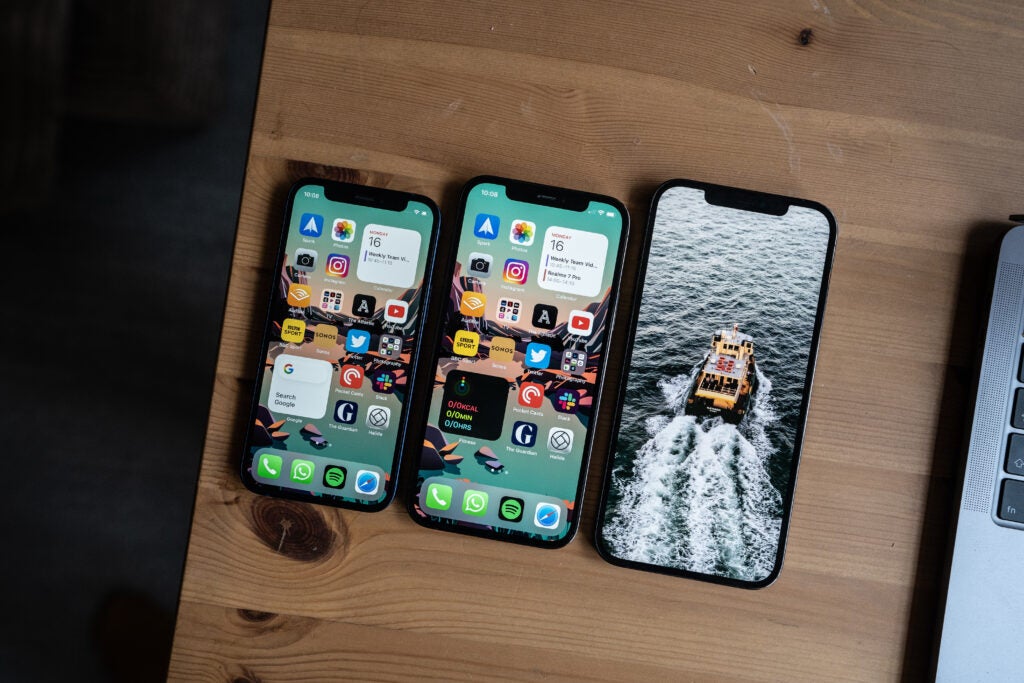
All the new iPhone 12 sizes
Apple’s Pro phones have ditched an initial offering of 64GB of storage, instead starting at 128GB. There’s a 256GB option, too, and a 512GB variant if you’re a fan of keeping everything offline. We’d say 256GB is the sweet spot; however, if you’re planning to shoot lots of video at HDR 60fps, then we’d go for the most generous storage option.
Battery life
- It’s the best iPhone 12 in this area, by some distance
If battery life is high on your wishlist when upgrading then the 12 Pro Max is for you. This is the longest-lasting iPhone 12 model by some distance, almost reaching the heights set by the 11 Pro Max. Considering this is a thinner device, with a bigger screen and support for 5G, that’s impressive.
Throughout my time with the phone, I struggled to deplete its cell in a day, even with intensive use. I would average 8 to 9 hours of screen-on time for its gauge to hit 0% – and, in many cases, it lasted through two full days if I was working from home. That’s impressive, although I do admit this was all over Wi-Fi. If you’re pummelling it with 5G then expect far less.
Unfortunately, when it comes to charging, you’ll notice the box is light on accessories. While a a USB-C to Lightning cable is included, you won’t find a plug or pair of EarPods no matter how deep you delve. Of course, you could use a charger from an older iPhone, but unless it’s one from the 11 Pro line, you’ll be waiting upwards of 3 hours for a full charge. Your best bet is Apple’s £19/$19 USB-C 20w plug or something similar, which charges to 50% in about 30 minutes.
Another charging solution is via the MagSafe charger, a wireless puck that clips magnetically to the phone’s rear. It uses Qi for wireless charging, but it’s faster (15w rather than 7.5w) than any other wireless iPhone charger. It’s a neat add-on, even if the charger itself costs £39/$39 – and then you’ll need another 20w Apple plug to get those speeds. Other Qi chargers work, too, if very slowly.
Related: Best phone
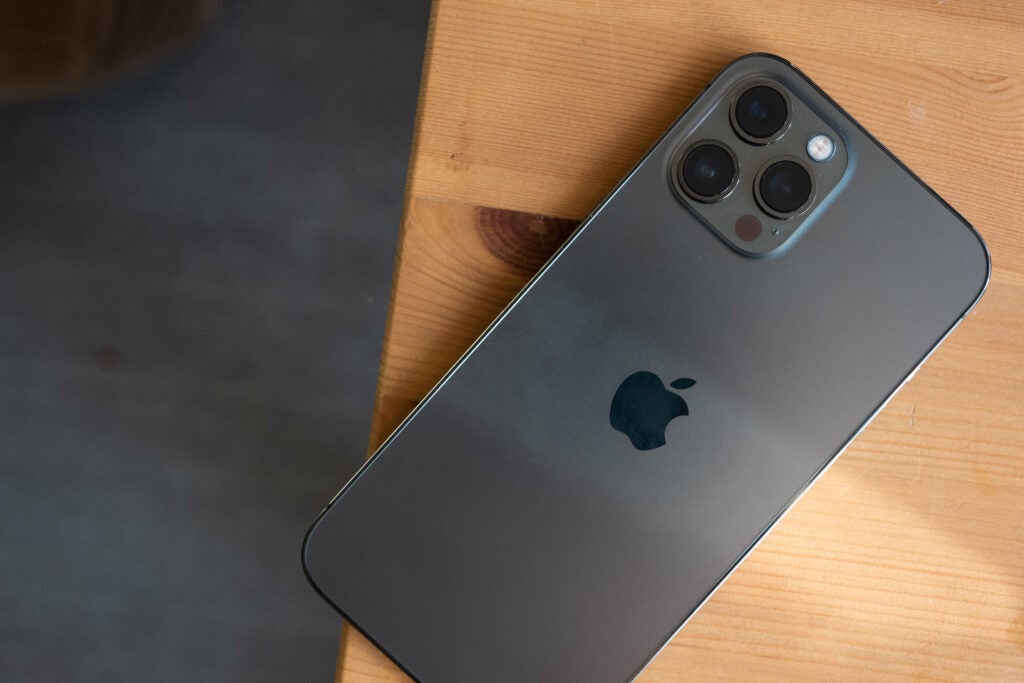
Should you buy the iPhone 12 Pro Max?
The iPhone 12 Pro Max is the most expensive iPhone 12, costing £100/$100 more than the iPhone 12 Pro. However, since Apple was responsible for making £1000 handsets ‘a thing’ with the iPhone X, it’s no longer alone; the 12 Pro Max is far from the priciest device around. It’s the same price as the Huawei Mate 40 Pro and Oppo Find X2 Pro, and cheaper than the Samsung Galaxy Note 20 Ultra and S20 Ultra.
The iPhone 12 Pro Max truly is an excellent handset, as long as you’re willing to embrace such a sizeable phone. It offers fantastic battery life, a marginally better camera than the smaller Pro, and a screen that’s a pleasure for watching, reading and playing.

